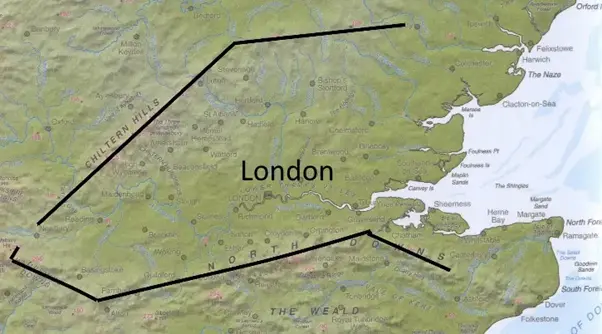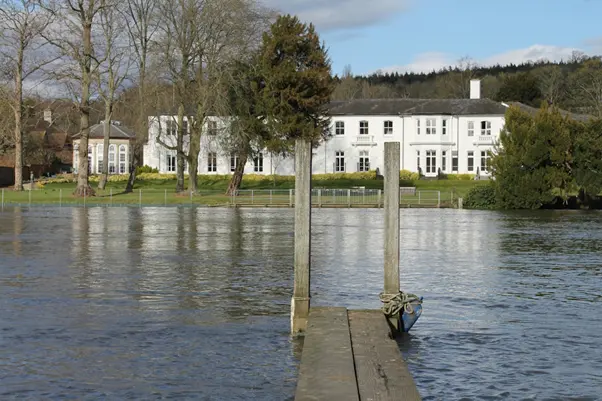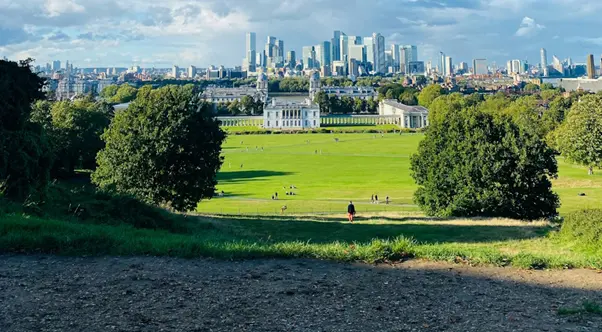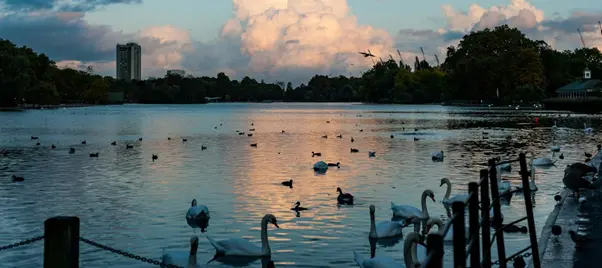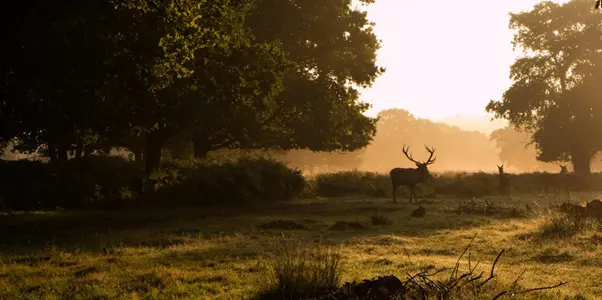The Feng Shui Consultant in London - London has a Large and Varied Topography.
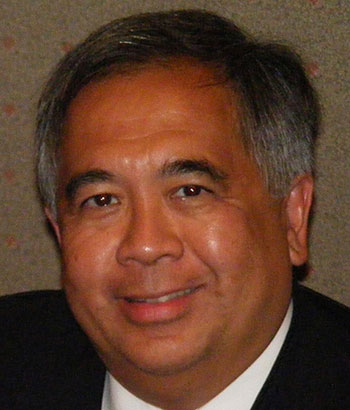
Dr. Michael Oon
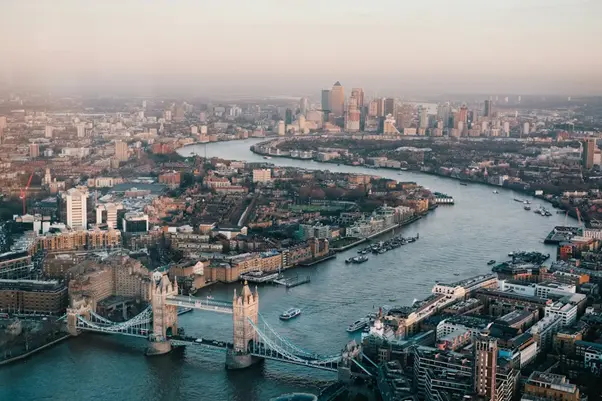
Aerial view of the East of London – Feng Shui Consultant in London
The energy flow of these areas is different. Different methods are required for various situations.
1. Hills around London
London is on a river plain. The land is relatively flat.
There is a ring of hills surrounding the area.
This holds the energy that comes from the River Thames. Hence, the prosperity of London
2. Rivers in London
The River Thames – the lifeblood of London – Feng Shui Consultant in London
Flowing water can absorb energy and distribute energy. Hence, on the river, you see some places are doing well because they are getting energy from the river. At the same time, there are other places where the river absorbs the location's energy. They do not do well because they are "deprived" of energy.
The River Thames flows through the heart of Central London. The history of London is also about the River Thames. It transported people and goods to various parts of England and the rest of the world. At one time, it was the largest capital city in the world.
The river is the lifeblood of the city. For 2,000 years, the River Thames has provided London with this energy to make it what it is. It is one of the great cities of the world.
It brings the energy from the Northwest from its source, in the Cotswolds.
Observations:
We live in a world of balance.
When an area has plentiful energy, there will be an area that is deprived of energy.
This is where the Feng Shui Consultant in London has to decide how to cope with the situation.
a. How do you maximise the property to benefit from the influx of energy?
b. What happens when you are in the energy-depleted area? How do you cope?
Let me give you some examples:
a. Canary Wharf Development is a prosperous location. This can be seen as London's second financial centre. In contrast, there is not much energy in the neighbouring Isle of Dogs. This is a residential area.
b. Whitehall, Holborn, and the City of London are good – this is the heart of the government, law courts and financial centres. Meanwhile, areas like Lambeth, Southbank, and Southwark are deprived of energy. This was where the "workers" were. It is only recently that these areas were regenerated.
c. There is a distinct contrast between Putney and Fulham. When you cross the Putney bridge, you will notice the difference in activity. The Putney side is very busy, whereas the Fulham side is very quiet.
There are many points on the River Thames like this.
London is very built up. There are many subterranean rivers in London. When you have a property with these underground rivers, there are a number of weaknesses.
The foundations are not secure, as there is water flowing underneath the property. There will be a disturbance of energy – the energy is unsettled. There is usually a problem when the property has a well underneath.
It is for the Feng Shui Consultant in London to make the most of the situation and recommend the best outcome for the client.
Hills within the London Area.
The view of Canary Wharf from Hill in Greenwich Park – Feng Shui Consultant in London.
The hills of London provide different issues for the Feng Shui Consultant in London. There will be a sector that will have surplus energy and the other side with less energy. There will be a prosperous area and another area that is not prosperous.
Let me take the example of two hills in London.
Wimbledon – the prosperous areas are Wimbledon Common and Putney Common. The less prosperous areas are Roehampton and Wandsworth.
Hampstead – the prosperous area of Hampstead Heath. The surrounding and less affluent are Belsize Park and Chalk Farm.
Dulwich – the prosperous area of Dulwich and the neighbouring towns of East Dulwich, Crystal Palace and Anerley, which are less prosperous.
Lake and Reservoirs in the London Area
The Serpentine Lake in Hyde Park – Feng Shui Consultant in London
These are bodies of still water. This is where the water does not move.
Water can absorb or distribute energy
1. There are several lakes and reservoirs west of Heathrow Airport.
You can see the difference between the areas on the west of the lakes – Windsor, Englefield Green are prosperous areas. However, areas to the East, such as Ashford and Sunbury, are not so.
2. The Lee Valley has large bodies of water in the North East of London. The Lakes are long and go from the North to the South.
On the west side are Enfield and Edmonton. On the east side are the more industrial Walthamstow and Chingford.
The Lee Valley Industrial Estate is in the gap between the lakes. The industrial estate has been a centre of innovation since 1961. It is located on the west side of the lakes.
3. In the middle of Hyde Park is the Serpentine Lake, which has the shape of a crescent.
At different times of the century, it sent the energies to Oxford Street, Knightsbridge and Kensington High Street areas. The periods of prosperity were Oxford Street (2004-2024), Knightsbridge (1984-2004) and Kensington High Street (2024-2044).
4. Open Grounds
The open grounds of London – Richmond Park – Feng Shui Consultant in London
Open Grounds are significant. It is the heart and lungs of the surrounding areas. In Feng Shui terms, this is where energy settles at night and moves to various areas during the day.
Epping Forest is the best-known Forest in London. It is a 5,900-acre area of ancient woodland. It is the home of many ancient trees. There is a number of towns which have a long connection with Epping Forest, is Buckhurst Hill, Loughton, Epping and Chigwell.
Open grounds are plentiful in London. These can be called Commons or Parks. The most crucial factor is that it is open land.
The largest ones are Richmond Park and Wimbledon Common
Hyde Park, Regent Park, St James, Green Park
Hampstead Heath, Clapham Common, Holland Park, Brockwell Park, Dulwich Park, Battersea Park, Greenwich Park
Properties around these parks are at a premium because of the location, views and the direct energy from the park.
Conclusion:
The Feng Shui Consultant in London has to use various skills to cope with the size and vast differences in the London area.
Practitioners who use one or two formulae are not particularly suited to handle this variation. It is a one-size-fits-all approach.

